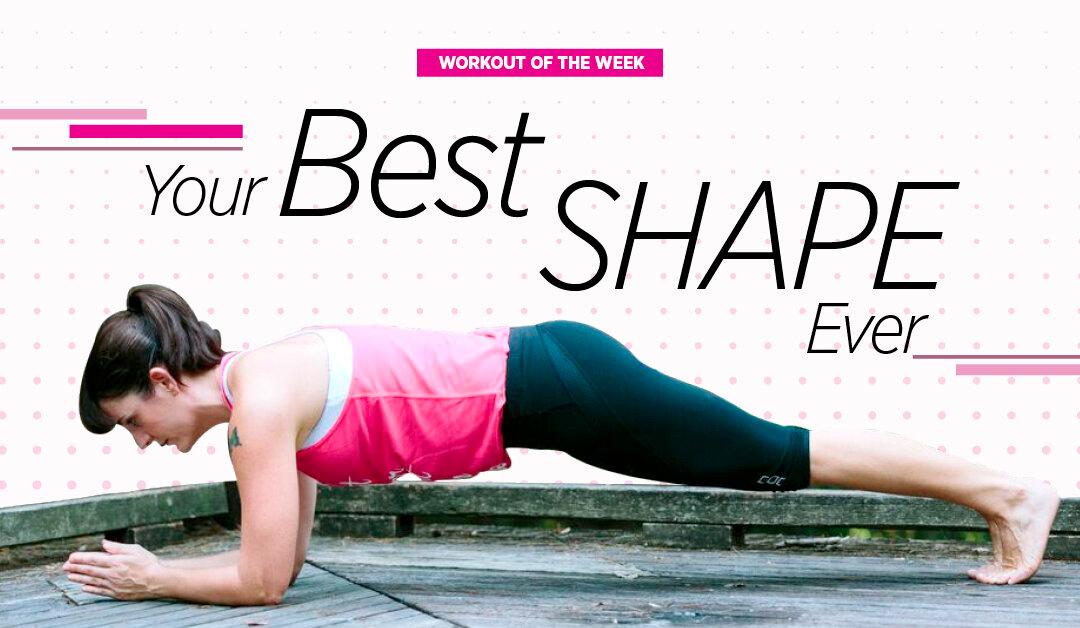There are two reasons to incorporate the standing heel raise into an exercise routine. As the name suggests, this exercise is for your calf muscles. The movement will strengthen and tone the calf muscles, which are located at the lower part of the back of your leg.
Standing heel raises will also help improve balance, which is integral to overall physical health and wellness. As we age, the combination of muscular atrophy and loss of coordination affects our balance severely. Without balance, even the most mundane movements in life will start to feel risky.
Be sure to incorporate a combination of balance exercises into your regular workout routine to maintain your balance and prevent injuries.
Getting Started
Stand with your feet flat on the floor. Feel your body evenly weighted over both feet. It is typical to stand with a bit more weight resting on one leg. Shift your weight from side to side until you feel like you are resting evenly between your two feet.
Inhale and lift your heels as you extend both arms in front of your body.
Exhale as you lower your heels back to the floor. Repeat this movement 15 times.
On the last repetition, stop when your heels are just off the floor. Perform small lifts (pulses) for another 15 counts. At the end of the set, stretch your calf muscles.
Repeat.
Extending your arms in front of your body as you lift and lower your heels will help with balance. It also helps you focus on stabilizing your ribcage and shoulders. This means not elevating your shoulders or allowing your ribcage to lift as your arms lift. As a variation, you could hold the calf raise and perform some arm circles.
To zone in on the balance element of the exercise, try doing 10 heel raises with your eyes closed. It is surprising how difficult this is at first, but with practice your body will adjust and you will master the movement.
Don’t be surprised if you feel your calf muscles burning during the pulsing section of the exercise. Your calves are much smaller compared to other muscles in the leg. Therefore, you will feel them quickly when you are working them.
To make the exercise more challenging, hold a weight in your hands. If you don’t have access to weights, hold a bag of rice or a couple of books. Increase the weight accordingly.
Emma-Kate Stampton certifies Pilates instructors and is a certified personal trainer. She is based in Brisbane, Australia.





